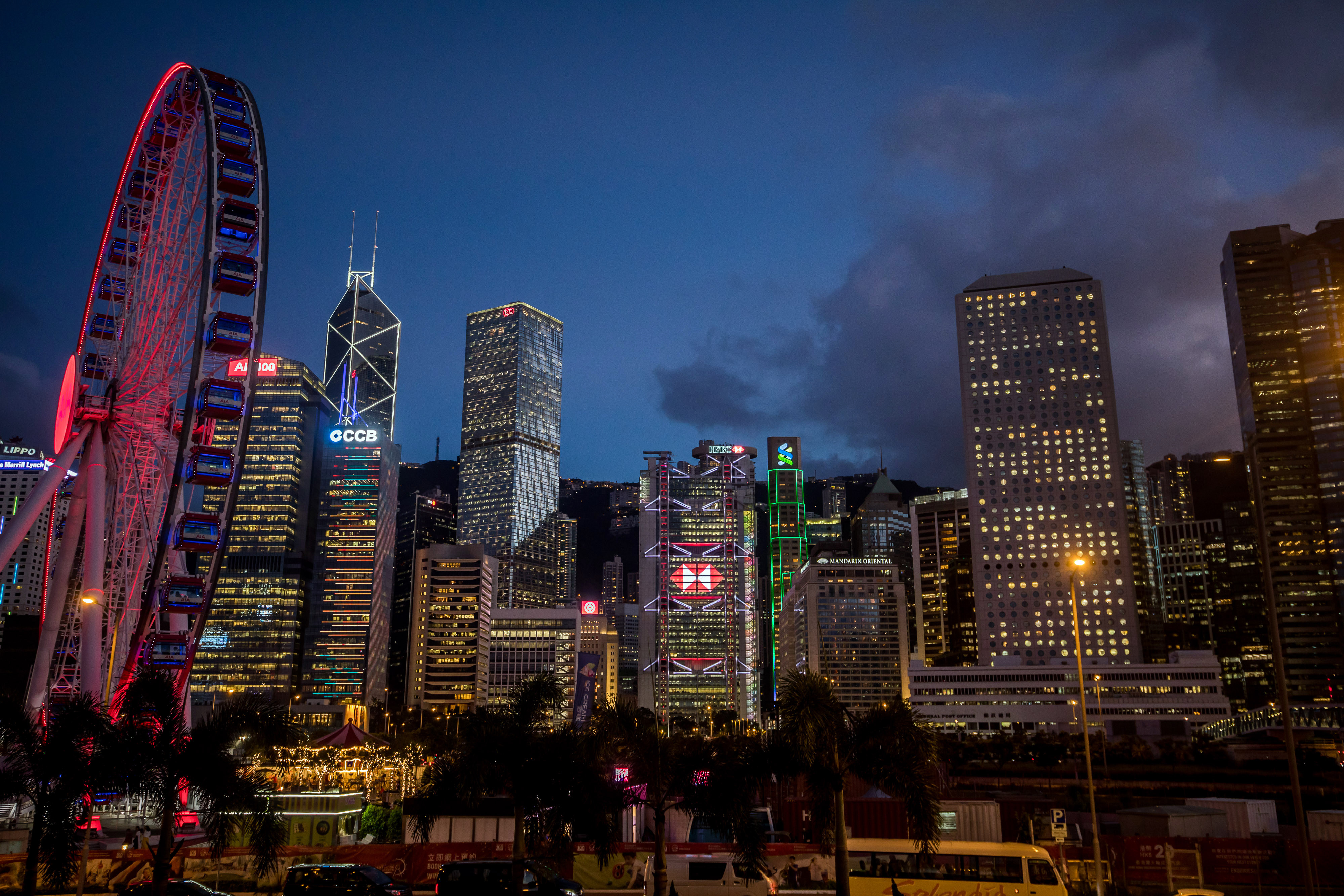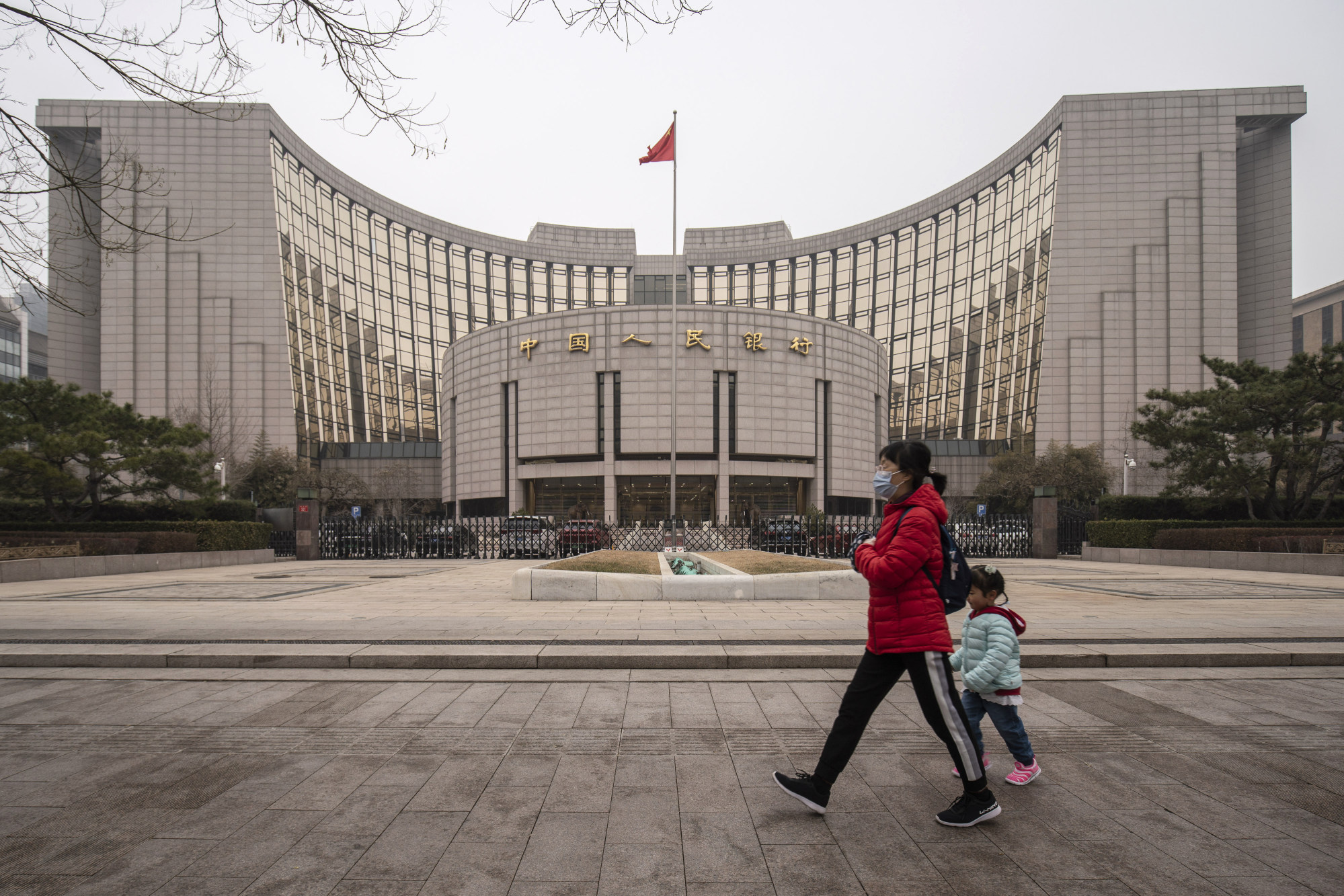The global financial landscape, especially i Asia, is being redrawn amid digitalisation of the financial sector, propelled by both the regulators and fintech innovators
ONCE viewed with suspicion, digital currencies have gained wider acceptance since the Covid-19 pandemic started.
`
The recognition has sparked not only various investment opportunities but also technological innovations and developments, including by governments around the world eager to capitalise on the digital currency potential.
`
One is China, where its central bank People’s Bank of China has just launched pilot projects on digital currency and is working with the Bank of Thailand and Hong Kong Monetary Authority on the initiative.
`
The global hype in cryptocurrency investment, meanwhile, has come under restraint from the regulators but with the pandemic – a number of Asian companies have embraced the crypto innovation in hope of riding out of the economic slump. Investors especially the Gen Z have jumped on the bandwagon despite the risk and pushed the value of Bitcoin to a new high.
`
To help people understand the government-backed digital currencies and the future of cryptocurrencies further, The Star will co-host a webinar entitled “The rise of Govcoins & What’s next for crypto” this Thursday, July 22, 2021, at 10am.
`
The webinar is organised jointly with the Asia News Network (ANN), an alliance of 23 national media in 20 Asian countries, and The Investor, which is a tech media start-up of the The Korea Herald. Both The Korea Herald and The Star are members of ANN.
`
The speakers on the first session “The rise of Govcoins” include John Kiff, former senior financial sector expert at the International Monetary Fund; Nelson Chow, chief fintech officer at the Hong Kong Monetary Authority; and Andrew Sheng, one of Malaysia’s and Asia’s top economists, and The Star’s columnist.
`
The second session “What’s next for crypto” will feature speakers Kevin Werbach, professor of Legal Studies & Business Ethics at the Wharton School, University of Pennsylvania; Stephane De Baets, president of Elevated Returns Ltd, an investment firm based in the US with Asian focus; Marcus Lim, group CEO, Zipmex Co, a regional cryptocurrency platform; and Pindar Wong, a blockchain specialist and chairman of VeriFi, a financial tech consultancy in Hong Kong. The speakers will discuss the decentralisation of finance, benefits and dangers of cryptocurrency, a shake-up which is taking place to weed out illegal financial transactions and the development of AI and programmable smart money.
Registration is available at https://us02web.zoom.us/webinar/register/4916263173191/WN_LaWquMD2ROaxPkccdsC4Qg
You can also listen live on Clubhouse at https://www.clubhouse.com/event/M8ZWK53b
Related
China has no timetable to issue sovereign digital currency ...

Related posts:
The seismic shift in global finance

























